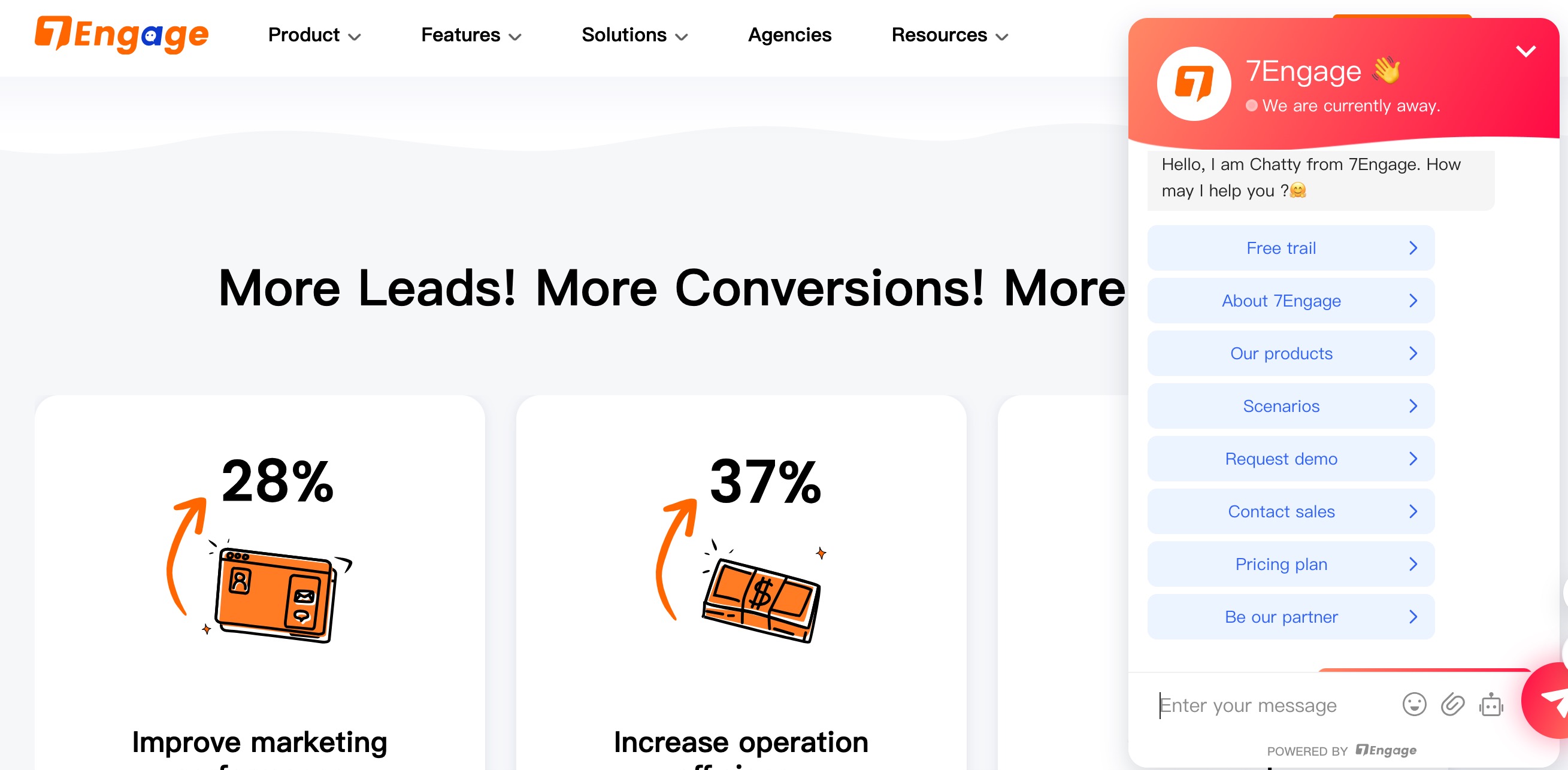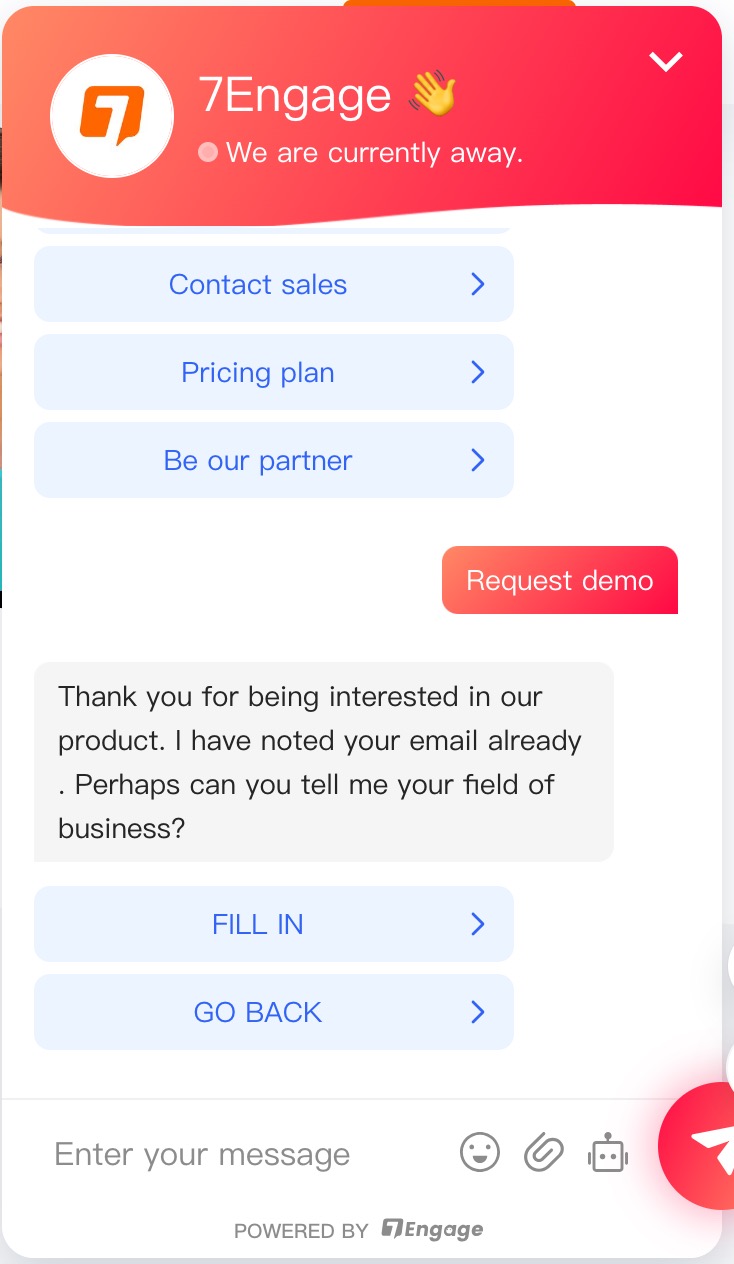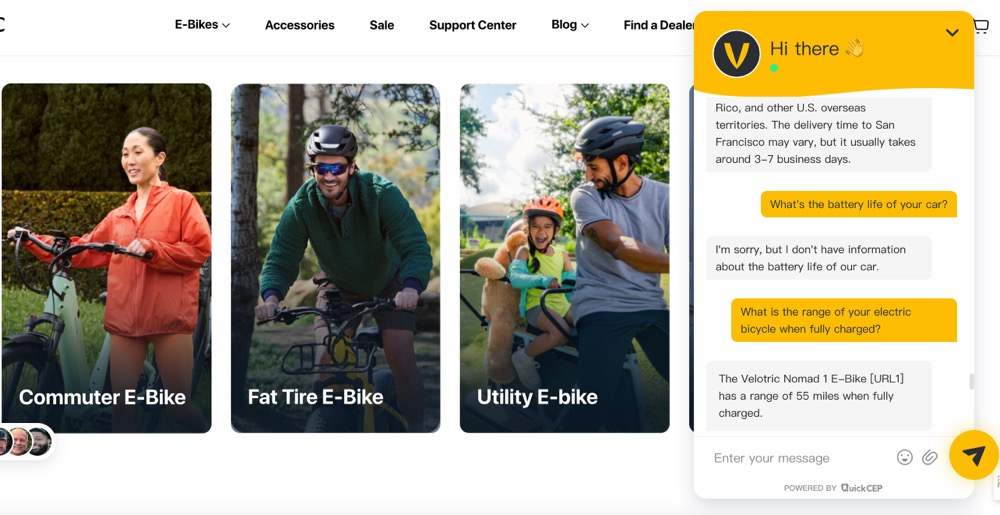2024 eCommerce Playbook: Solving Common Friction Points for Improved Customer Experience

The Importance of Solving Common Friction Points in eCommerce
In the fast-paced world of eCommerce, understanding and addressing common friction points is crucial for providing an exceptional customer experience. These friction points refer to any obstacles or challenges that customers may encounter during their online shopping journey.
One major friction point that significantly impacts customer experience is cart abandonment. Shockingly, nearly 70% of shoppers abandon their carts before completing a purchase, with unexpected shipping costs being the leading cause. This highlights the need for businesses to find comprehensive solutions to address these issues and improve conversion rates.
When customers face friction points such as complicated checkout processes, slow loading times, or lack of product information, it negatively affects their overall satisfaction and likelihood of making a purchase. By identifying and resolving these pain points, businesses can enhance customer experience and increase customer loyalty.
To create a seamless shopping experience, it is essential to implement strategies that personalize the customer journey, optimize ad campaigns, improve product discovery processes, and deliver relevant information at the right time. By doing so, businesses can not only reduce friction but also build trust and foster long-term relationships with their customers.
Turning Your Store into a Personalized Catalog
Understanding the Importance of Personalization
Personalization plays a pivotal role in enhancing the customer experience in eCommerce. By tailoring the shopping journey to each individual's preferences and needs, businesses can create a more engaging and relevant experience for their customers. This level of customization not only improves satisfaction but also increases customer loyalty and retention.

The benefits of personalizing the shopping experience are numerous. Firstly, it allows businesses to deliver targeted product recommendations based on customers' browsing history, purchase behavior, and demographic information. This helps customers discover products that align with their interests, resulting in higher conversion rates and increased sales. Secondly, personalization fosters a sense of connection between the brand and the customer, making them feel valued and understood. This emotional connection can lead to long-term customer relationships and positive word-of-mouth referrals.
Implementing Personalization Strategies
To effectively implement personalization strategies, businesses need to collect and analyze customer data. This includes gathering information such as browsing patterns, past purchases, demographics, and preferences. By leveraging artificial intelligence (AI) and machine learning algorithms, businesses can use this data to personalize product recommendations in real-time. For example, Underoutfit increased their conversion rates by an impressive 315% by implementing a QuickCEP sales associate powered by AI. Furthermore, creating personalized marketing campaigns based on customer segmentation allows businesses to target specific audiences with tailored messaging that resonates with their interests.
Measuring the Impact of Personalization
Measuring the impact of personalization is essential for optimizing strategies and ensuring continuous improvement. Key metrics to track include conversion rates, average order value (AOV), click-through rates (CTR), and customer engagement levels. Additionally, analyzing customer feedback through surveys or reviews provides valuable insights into their satisfaction levels with personalized experiences. Continuous monitoring allows businesses to identify areas for optimization and refine their personalization strategies accordingly.
By turning your store into a personalized catalog, you can provide customers with an exceptional shopping experience that caters specifically to their preferences. Through effective implementation and measurement of personalization strategies, businesses can enhance customer satisfaction, drive sales growth, and foster long-term loyalty.
Creating Seamless Ad Campaigns
Understanding the Role of Ad Campaigns in eCommerce
Ad campaigns play a crucial role in driving traffic, increasing brand visibility, and ultimately boosting sales in the world of eCommerce. Targeted advertising is essential for reaching the right audience with relevant messaging. By creating compelling ad copy and visuals, businesses can capture the attention of potential customers and entice them to click through to their website. It is also important to optimize ad campaigns for different platforms, ensuring that they are displayed correctly and effectively across various devices.
Leveraging Data for Effective Ad Campaigns
Data is a valuable asset when it comes to running successful ad campaigns. By utilizing customer data, businesses can target the right audience based on demographics, interests, and past purchase behavior. This allows for more precise targeting and increases the likelihood of conversions. A/B testing is another effective strategy that involves running multiple versions of an ad to determine which performs better. By analyzing the results and optimizing accordingly, businesses can continuously improve their ad campaigns over time. Tracking and measuring ad performance through metrics such as click-through rates (CTR), conversion rates, and return on ad spend (ROAS) provide insights into campaign effectiveness.
Building Brand Awareness through Ad Campaigns
Ad campaigns are not only about driving immediate sales but also building brand awareness and recognition. Creating consistent brand messaging across all ads helps establish a strong brand identity in the minds of consumers. Utilizing social media platforms and influencer marketing can significantly expand reach and engagement with target audiences. Engaging with customers through interactive ad formats such as quizzes or polls encourages participation and strengthens brand-customer relationships.
By creating seamless ad campaigns that effectively target the right audience, utilize data-driven strategies, and build brand awareness, businesses can maximize their advertising efforts in eCommerce.
Improving the Product Discovery Process
Enhancing Search Functionality
Enhancing the search functionality on an eCommerce website is crucial for helping customers find the products they are looking for quickly and easily. By implementing advanced search algorithms, businesses can ensure that relevant results are displayed based on keywords, product attributes, and customer preferences. Improving search filters and sorting options allows customers to refine their search results further, narrowing down their choices to find exactly what they need. Integrating voice search capabilities takes convenience to another level by allowing customers to simply speak their queries instead of typing them.

Optimizing Product Recommendations
Optimizing product recommendations is a powerful way to enhance the product discovery process. Collaborative filtering and machine learning techniques analyze customer behavior, purchase history, and preferences to suggest products that are likely to be of interest. Displaying personalized product recommendations throughout the shopping journey increases the chances of cross-selling and upselling. For example, Fresh Roasted Coffee increased revenue by 15% by asking shoppers key questions to improve the product discovery process. By understanding customer preferences and offering relevant suggestions, businesses can drive higher conversion rates and increase average order value.
Streamlining Navigation and Categories
Streamlining navigation and categories on an eCommerce website improves the overall user experience. Simplifying website navigation ensures that customers can easily find what they are looking for without getting lost or frustrated. Creating intuitive category structures organizes products in a logical manner, making it easier for customers to browse through different sections. Implementing breadcrumbs allows users to track their location within the website hierarchy, providing a sense of orientation. Filters help customers narrow down their options based on specific criteria such as price range, size, or color.
By improving the product discovery process through enhanced search functionality, optimized product recommendations, and streamlined navigation and categories, businesses can create a seamless shopping experience that leads to higher customer satisfaction and increased sales.
Delivering Relevant Information at the Right Time
Utilizing Chatbots for Customer Engagement
Chatbots have become an invaluable tool for customer engagement in eCommerce. They offer numerous benefits, including providing instant customer support and personalized assistance. By leveraging chatbots, businesses can address customer queries and concerns in real-time, enhancing the overall shopping experience. Chatbots can also be programmed to understand customer preferences and make personalized product recommendations, further increasing customer satisfaction.

Implementing Proactive Customer Communication
Proactive customer communication is essential for delivering relevant information at the right time. Sending personalized notifications and updates keeps customers informed about order status, delivery updates, and promotions tailored to their interests. Email marketing and SMS campaigns are effective channels for reaching customers directly with targeted messaging. Engaging customers through social media platforms allows businesses to interact with their audience, respond to inquiries, and share valuable content that aligns with their interests.
Leveraging User-generated Content
User-generated content (UGC) has a significant impact on building trust and credibility in eCommerce. Encouraging customers to leave reviews and testimonials not only provides valuable feedback but also helps potential customers make informed purchasing decisions. Showcasing UGC on product pages allows shoppers to see how others have experienced the products firsthand. This creates a sense of community and trust around the brand, as customers feel more confident when they see positive experiences shared by fellow shoppers.
By utilizing chatbots for customer engagement, implementing proactive communication strategies, and leveraging user-generated content, businesses can deliver relevant information at the right time throughout the customer journey. This enhances the overall shopping experience, builds trust with customers, and increases their likelihood of making repeat purchases.
The Future of eCommerce: Enhanced Customer Experience
As the eCommerce landscape continues to evolve, the importance of continuously improving customer experience cannot be overstated. Businesses must adapt and address common friction points to stay competitive in the market. Technology plays a crucial role in this process, offering innovative solutions to enhance the overall shopping journey.
Integrating artificial intelligence (AI) into help centers, for example, goes beyond simply adding a chatbot. AI-powered systems can analyze customer data, provide personalized recommendations, and offer instant support, creating a seamless and efficient customer experience. By leveraging technology like AI and machine learning algorithms, businesses can better understand their customers' preferences and deliver tailored experiences that drive satisfaction and loyalty.
By focusing on enhancing customer experience through personalized interactions, streamlined processes, and relevant information delivery at every touchpoint, businesses have the potential to significantly increase customer satisfaction and loyalty. Satisfied customers are more likely to become brand advocates, spreading positive word-of-mouth referrals and contributing to business growth.
In conclusion, as technology continues to advance, businesses must embrace it as a means to address common friction points in eCommerce. By prioritizing enhanced customer experiences through technological advancements such as AI-powered systems and personalized interactions, businesses can create a competitive edge in the ever-evolving world of eCommerce.
See Also
Revolutionizing Online Shopping with AI: Enhance Customer Experiences
Unleashing the Potential of Live Chat: Boost Sales and Customer Satisfaction
Mastering the Art of Hiring a Shopify Virtual Assistant in 2024
Optimize Customer Service and Marketing with a Shopify Chatbot
Supercharge Conversions with QuickCEP AI's ChatGPT Sales Chatbot on Shopify


